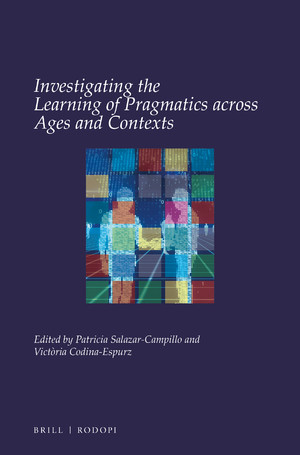
This study puts forward the term ‘pragmatic translanguaging’ to refer to consciously outcome-oriented language switch motivations. The study focuses on the translanguaging practices of adolescents in their online discourse and explores what Jørgensen (2008) calls the ‘designing mind’ behind such practices; that is, an awareness of both the practices themselves and the motivations for them. With this in mind, the aim is to ascertain whether online translanguaging practices are intentional and to identify the functions they perform. In order to do so, semi-structured interviews were carried out involving 97 high-school students from the Valencian Community, Spain. The resulting data were analyzed to see how the participants described their online translanguaging practices and their reasons for engaging in these practices. The results show translanguaging across a range of digital media and online platforms which is consciously targeted at producing a specific effect and is frequently motivated by awareness of this potential effect; that is, an enhanced pragmatic awareness. Furthermore, the data revealed that online translanguaging practices covered three main pragmatic functions, namely those of marking humor, marking identity, and modifying requests. The study indicates that multilingual adolescents translanguage for more than simple communicative reasons, and that online platforms give them an extended opportunity to engage in multilingual interaction. While recognizing the limitations of this purely qualitative study, the authors offer the term ‘pragmatic translanguaging’ as a focal point for further contributions to this under-researched area of multilingual pragmatics.